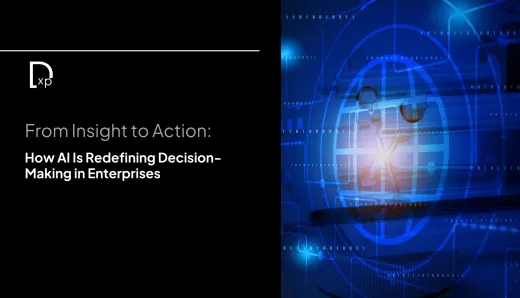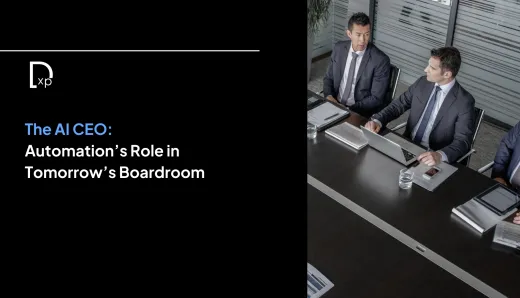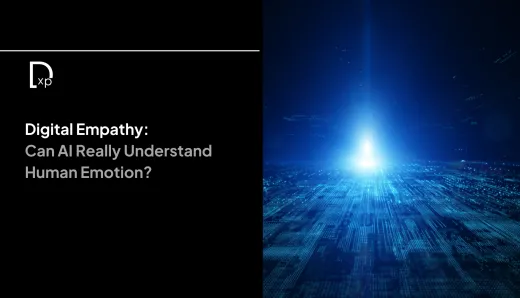How high tech suppliers are responding to the hyper-scale opportunity?
Big companies like Google, Microsoft, Apple, Facebook, Alibaba, Amazon, IBM - Hyperscalers - are driving the future. These companies are expanding their data centers across the globe on a constant basis.
The main reason behind the growth story of these “Hyperscalers” is that of having a broad vision and developing and building the infrastructure in-line with that vision. These companies invest heavily and their R & D spend is always five times or more as compared to other companies in a similar sector. It is not only R&D spend, but they also have intelligent and research-oriented development centers, which on a constant basis provides inputs and needed advancements in developing the required Infra and technology to sustain the heavy and hyperactive growths.
The investment and R&D
As mentioned earlier because of the exponential growth of "Hyperscalers" in the last five years, this has led to the development of more advancement in Public-Cloud and Data Center domains. The revenues in these two domains have a constantly increasing trend. According to IDC spending on public cloud and data center services will continue to increase by more than 22.5% per annum. Also, worldwide Public Cloud Services Spending Forecast to Reach $210 Billion This Year, According to IDC.
Ref:- https://www.idc.com/getdoc.jsp?containerId=prUS44891519
Infrastructure and Datacenters elements
The main infrastructure elements where this investment and growth happening are listed as below:
- Servers (Compute)
- Storage
- Networks (Routers, Switches, etc)
- Memory (EEPROM, RAM, Cache, Volatile and Non-volatile memory)
- Accelerators such as ASICs (application-specific integrated circuits)
- NVMe (non-volatile memory express) is a host controller interface and storage protocol created to accelerate the transfer of data between enterprise and client systems and solid-state drives (SSDs)
- FPGAs (field-programmable gate arrays)
- Other facilities like power and cooling.
A lot of advancements and developments in the above-mentioned infrastructure elements happening on a constant basis. Moore’s law (the number of transistors per square inch on integrated circuits had doubled every year since the integrated circuit was invented), has helped in reducing the cost of storage and memory from last several decades. However, at the same time, the speed of CPU or instructions executed per second is increasing exponentially.
Ref:- https://en.wikipedia.org/wiki/Moore%27s_law
Development is happening not only in Storage or Memory elements but also in cooling and power management of data centers. For example, Google claims, “their data centers use 50% less energy than the typical data center. They raise the temperature to 80°F, use outside air for cooling, and build custom servers. They also share detailed performance data to help move the entire industry forward”
Ref:- https://www.google.com/about/datacenters/efficiency/
The above is just one of its kind examples of how data centers are energy efficient and helping environmental cycles. Similarly, Amazon and Microsoft are coming up with state of the art energy-efficient, green data centers across the globe.
Reach of Hyper scaling and challenges
In addition, “Hyper scaling” will reach more and more areas. As the cost for computing power, storage, and communications are accelerating the business growth in the digital technology area is growing and reaching all sectors.
Because of social media growth and reach of Digital technology to nook and corner of the globe, every second, billions of transactions happen, every second million of images are being shared or stored, and every second trillions byte of data is generated. The number of people using Facebook, Instagram, YouTube, WhatsApp, WeChat, and LinkedIn is increasing day by day. There are many more such applications being developed and released to the public every month.
How the challenges are being addressed
This mega growth leads to lots of data being generated and consumed. The challenge is where to store that data and how to handle or host that data. Welcome to the world of Cloud and Datacenters. Hyperscalers are focusing on digitization strategies and business in emerging digital markets. Many of the new-age retail companies like that of Alibaba and Amazon are leading e-commerce sites that are investing heavily in their own distribution chains too. They have been an early adopter as well as invested heavily in research of cloud and datacenters.
It seems that new business models may emerge from exploiting M2M (machine-to-machine) data. This is making it possible for companies that generate revenues from sales of physical assets, such as vehicles or factory machines, to evolve into service businesses, based on usage charges. Clearly, the game is still in its naïve state.
To sustain such kind of growth, the hyperscale companies have to start investing ahead of the adoption curve in technology, various processes, and people, to build platforms that can quickly reach a massive scale. Having said that Hyperscale businesses can take advantage of doubling of computing power every other year. This will help in solving most of the earlier said challenges.
Ref: https://www.crn.com/news/data-center/large-scale-data-center-spending-pauses-in-q1-2019
This above graph clearly indicates the recent Hyperscaler growth.
Conclusions
To sustain and be in the present market competition, the companies have to adopt early, have the acumen to the digital trend and have hyperscale growth in their nerves. If they keep these as their core values and strategies, they can build rich solutions and core technologies on a constant basis.




